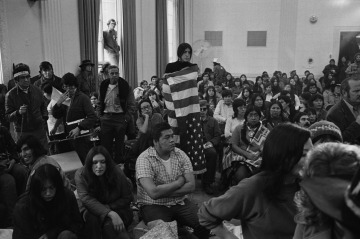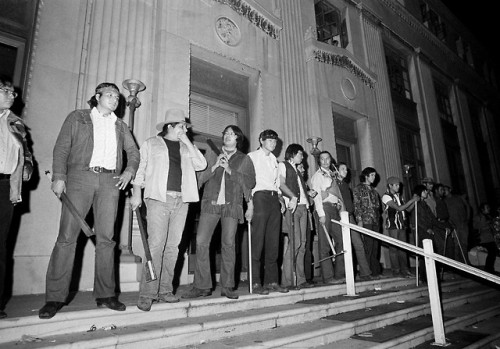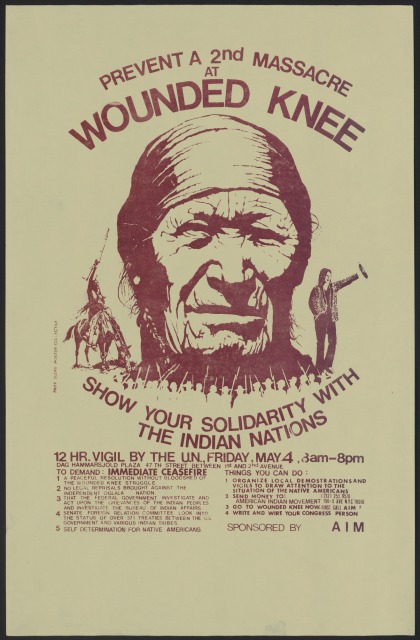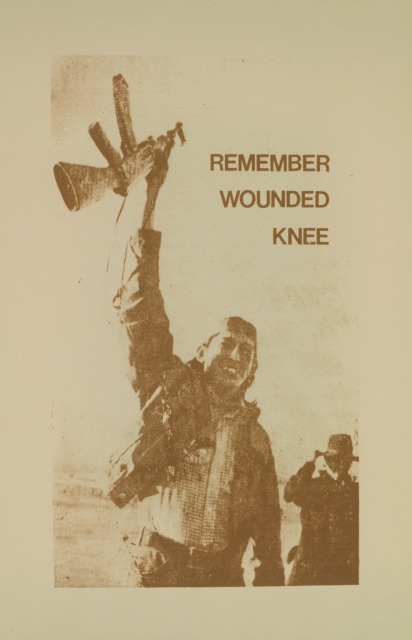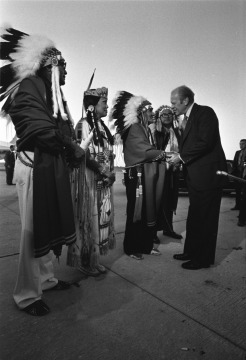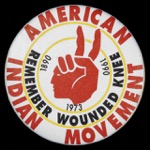
AIM logo (Source) Digital Public Library of America
In October of 1972, the American Indian Movement (AIM) organized a nationwide protest attended by hundreds of Native Americans, converging in Washington DC, to present a 20 point position paper outlining their demands.
"The U.S. President should propose by executive message, and the Congress should consider and enact legislation, to repeal the provision in the 1871 Indian Appropriations Act which withdrew federal recognition from Indian Tribes and Nations as political entities, which could be contracted by treaties with the United States, in order that the President may resume the exercise of his full constitutional authority for acting in the matters of Indian Affairs - and in order that Indian Nations may represent their own interests in the manner and method envisioned and provided in the Federal Constitution."
~ First point in the 20 Point Position Paper
